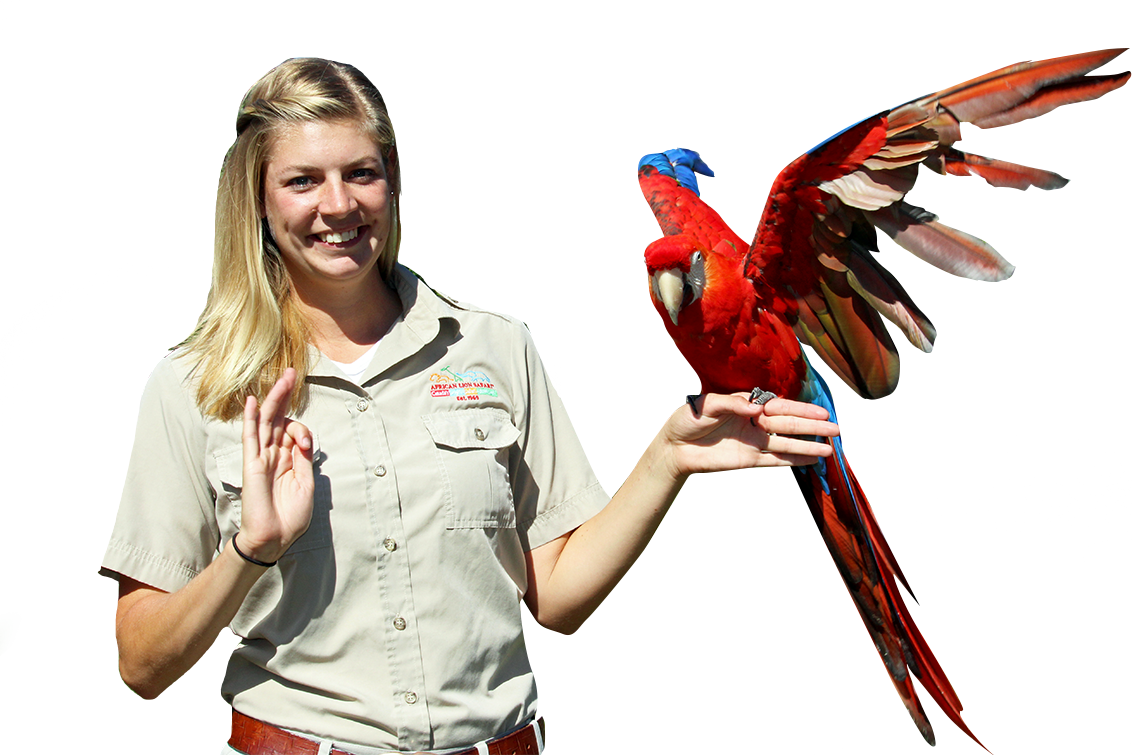The majestic African lion, a regal symbol of the wild, has often been compared to the sun – radiating strength and leadership amidst the savannah’s vast expanse. However, beneath this gilded facade lies a tapestry of adversity woven by diseases that pose a profound threat to their survival. As these royal creatures face an onslaught of pathogens and adversities, conservationists grapple with a daunting reality: the fight for the future of lions is not only a battle against poachers and habitat destruction, but also a struggle against the invisible adversaries that lurk within.
To fully appreciate the gravity of these challenges, it is essential to delve into the specific diseases that haunt the lion populations across the African continent. Among these, some lethal afflictions and their implications represent a significant concern for wildlife health and conservation efforts.
One of the most notorious foes is Canine Distemper Virus (CDV), a nefarious perpetrator, synonymous with devastation in both domestic and wild populations. The disease strikes with little warning, decimating prides with overwhelming efficacy. When lions contract CDV, the consequences are dire. Symptoms manifest through a menagerie of afflictions – respiratory distress, neurological disturbances, and ultimately, mortality. In recent outbreaks, entire prides have succumbed to this contagion, wiping out generations of lions in its wake. The virus does not discriminate, affecting cubs and adults alike, and its spread is swift, particularly when lion populations are in close contact with domestic dogs, which serve as reservoirs for this deadly pathogen.
Equally insidious is the specter of Feline Immunodeficiency Virus (FIV), the feline counterpart to human HIV. This viral invader attacks the immune system of its host, leaving infected lions vulnerable to a plethora of opportunistic infections. Unlike CDV, FIV’s effects are more insidious, often lurking in the shadows until it’s too late. A lion may appear healthy while the virus silently wreaks havoc within. The slow decline in health can lead to malnutrition, increased susceptibility to other diseases, and diminished strength—key traits that are crucial for these apex predators. As FIV spreads among prides, the implications for the broader ecosystem become alarming. With weakened lions unable to fulfill their role as hunters, herbivore populations can surge, resulting in ecological imbalances that ripple throughout their habitat.
Another pressing health challenge stems from parasitic infections, specifically those inflicted by ticks and various gastrointestinal worms. The tick-borne disease, Babesiosis, shares a similar path of destruction. Transmitted through the bite of an infected tick, this disease leads to anemia, fever, and, in severe cases, can be fatal. The burdens of these parasites are further exacerbated by habitat fragmentation, which brings wild lions into closer contact with potentially infected hosts. As the African landscape transforms, and as conflicts arise over dwindling resources, the threat of parasitic diseases fracturing lion populations intensifies.
Advancing even further into this complex web of disease, the encroachment of human activities introduces another insidious threat: anthrax. Though primarily a disease of herbivores, lions can fall prey to its fatal consequences when consuming infected carcasses. This zoonotic disease circulates through the soil and can lie dormant for decades, waiting for the opportune moment to rear its deadly head. The sporadic outbreaks of anthrax pose a substantial threat, particularly in regions where wildlife interacts closely with livestock, creating a cycle of infection that endangers both human and animal lives.
In addition to the biological threats posed by disease, lions are further beset by the challenges of conservation efforts challenged by human factors. Rehabilitating a pride affected by disease is a strategy often fraught with difficulty. Rehabilitation efforts may necessitate close monitoring and intervention, requiring significant resources and unwavering commitment. The reality is that the intersection of human development and wildlife conservation rarely exists without tension. As communities expand and encroach upon lion habitats, diseases may propagate more rapidly, leading to catastrophic consequences for lion populations.
Conservationists face the daunting task of grappling with these multifaceted challenges while advocating for sustainable coexistence. It is a delicate dance, requiring a symbiotic relationship between humans and wildlife. Initiatives aimed at vaccination against diseases such as CDV in canines, education surrounding responsible pet ownership, and habitat protection are pivotal to safeguarding the lion’s future. In essence, conservationists must not only fight for the physical environment but also for the health and vitality of the entire ecosystem.
As we ponder the plight of the African lion, it is essential to acknowledge the intricate tapestry of life that encompasses them. Diseases, while formidable, underline the interconnectedness of all species and the delicate balance that sustains the African savannah. Although challenges abound, collective efforts—rooted in respect for the natural world and bolstered by sound scientific principles—provide a glimmer of hope. In the metaphorical battle against disease, even the mightiest lion cannot stand alone, and it is only together that we can safeguard the future of these magnificent creatures and, by extension, the intricate web of life they uphold.
